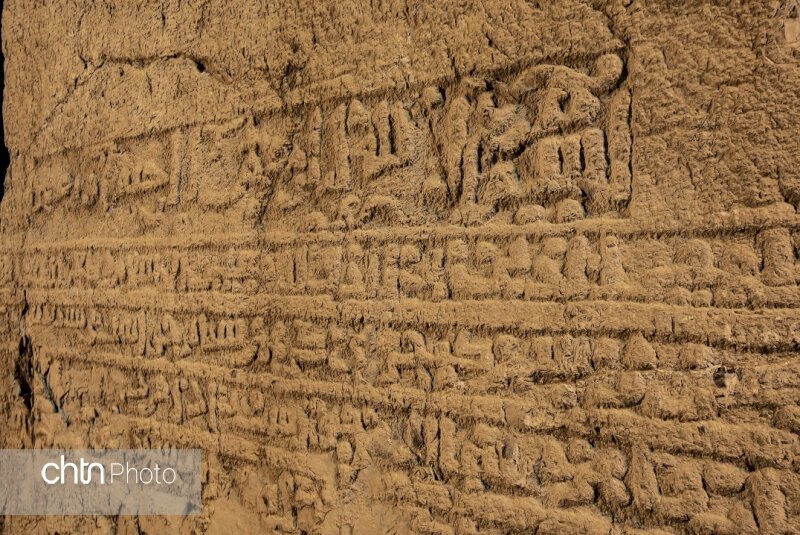Massive Seljuk inscription restored in Khorramabad

TEHRAN – A team of specialized Iranian restorers has finalized work on a massive inscription, which dates back to the Seljuk era (1037–1194). The ancient object is being kept in Khorramabad, the capital of Lorestan province.
“Restoration of a historical inscription came to an end last week in the city of Khorramabad [the capital of Lorestan province] by a specialized team of restorers, who have carried out projects on magnificent sites such as Persepolis, Pasargadae, Ganjnameh, and Bisotun,” CHTN quoted the provincial tourism chief, Seyyed Amin Qasemi, as saying on Saturday.
The restorers avoided using chemicals to preserve the authenticity and to increase the strength of the petroglyph, the official explained.
Originally carved in Persian using the Kufic script by order of a local Seljuk ruler (1037–1194), the petroglyph expresses provisions on tax forgiveness, the grazing of livestock in Shapurkhast pastures, and the prohibition of some bad habits, he added.
The historical property has been inscribed on the National Heritage list.
Soaked in history and culture, Lorestan is one of the lesser-known travel destinations in Iran, which mainly acts as a gateway to the sweltering plains below in adjoining Khuzestan province. Most travelers just pass through on their way to the UNESCO sites of Susa, Tchogha Zanbil, and Shushtar Historical Hydraulic System. Lorestan is also a region of raw beauty that an avid nature lover could spend weeks exploring.
Lorestan was inhabited by Iranian Indo-European peoples, including the Medes, c. 1000 BC. Cimmerians and Scythians intermittently ruled the region from about 700 to 625 BC. Lorestan was incorporated into the growing Achaemenid Empire in about 540 BC and successively was part of the Seleucid, Parthian, and Sasanid dynasties.
Seljuk, also spelled, Seljuq, was a ruling military family of the Oguz (Ghuzz) Turkic tribes that invaded southwestern Asia in the 11th century and eventually founded an empire that included Mesopotamia, Syria, Palestine, and most of Iran. Their advance marked the beginning of Turkish power in West Asia.
ABU/AFM
